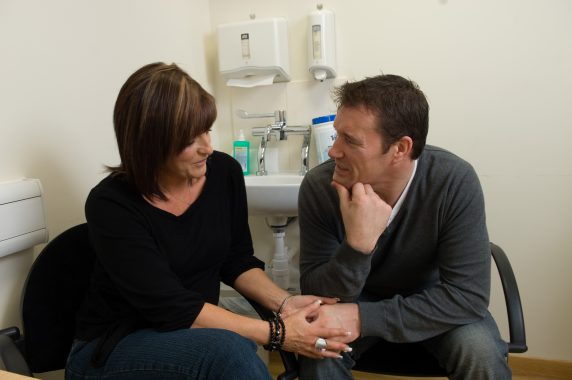There is an over-reliance on crisis teams to prevent suicide, which is increasing the risk to patients, a new study has found.
The report from the University of Manchester’s National Confidential Inquiry into Suicide and Homicide by People with Mental Illness (NCISH) found that over 200 patients looked after by these teams a year die by suicide – three times as many as those in in-patient facilities.
It also found that 43%of patients under crisis resolution/home treatment (CRHT) who died by suicide lived alone, while a third had been discharged from hospital in the two weeks previously.
The report suggests that CRHT ‘may not have been a suitable setting for their care and raise concerns that CRHT has become the default option for acute mental health care because of pressure on other services, particularly beds’.
The report recommends that ‘Crisis teams are unlikely to be a safe setting for patients at high risk or who live alone. The use of crisis teams or CRHT should be kept under regular review.’
Professor Louis Appleby, Director of NCISH, said: ‘This year’s report reflects the increasing reliance on crisis teams in response to the strains felt by acute mental health services. Our findings suggest that we are accepting too much risk in the home treatment these teams offer, and that the crisis team is now the priority for suicide prevention in mental health.’
The researchers also found that risk of suicide is highest two weeks after discharge from hospital and recommends that ‘services should ensure that patients are followed up within 2-3 days of hospital discharge and that care plans are in place.’
The number of patients dying by suicide in in-patient facilities fell in England by 60% between 2004 and 2014, although there were 76 in 2014.
Pulse October survey
Take our July 2025 survey to potentially win £1.000 worth of tokens





 Oviva’s fully remote Tier 3 Weight Management programme
Oviva’s fully remote Tier 3 Weight Management programme







